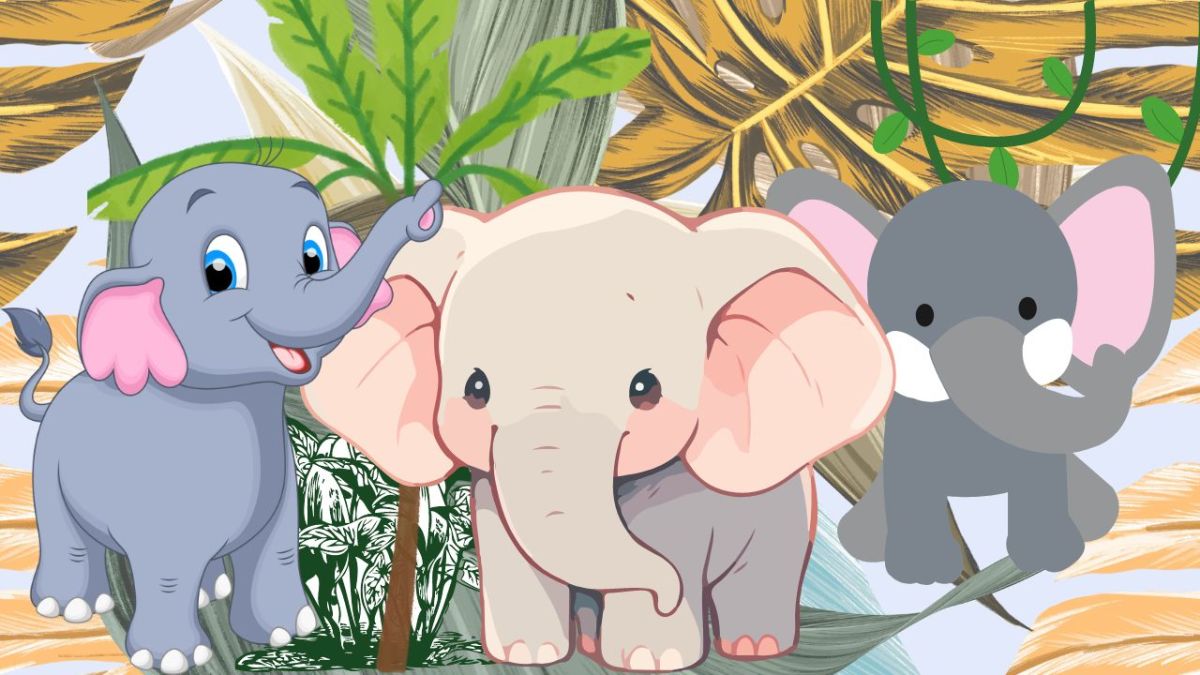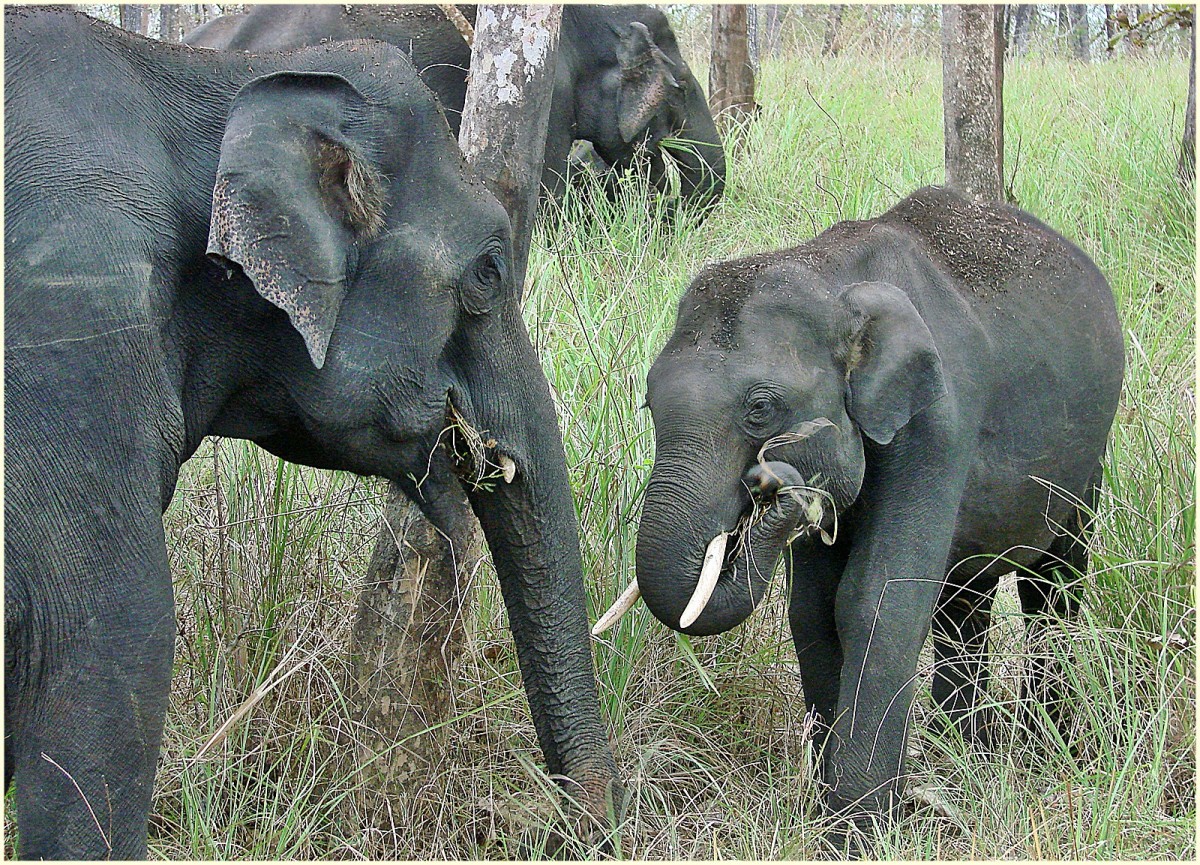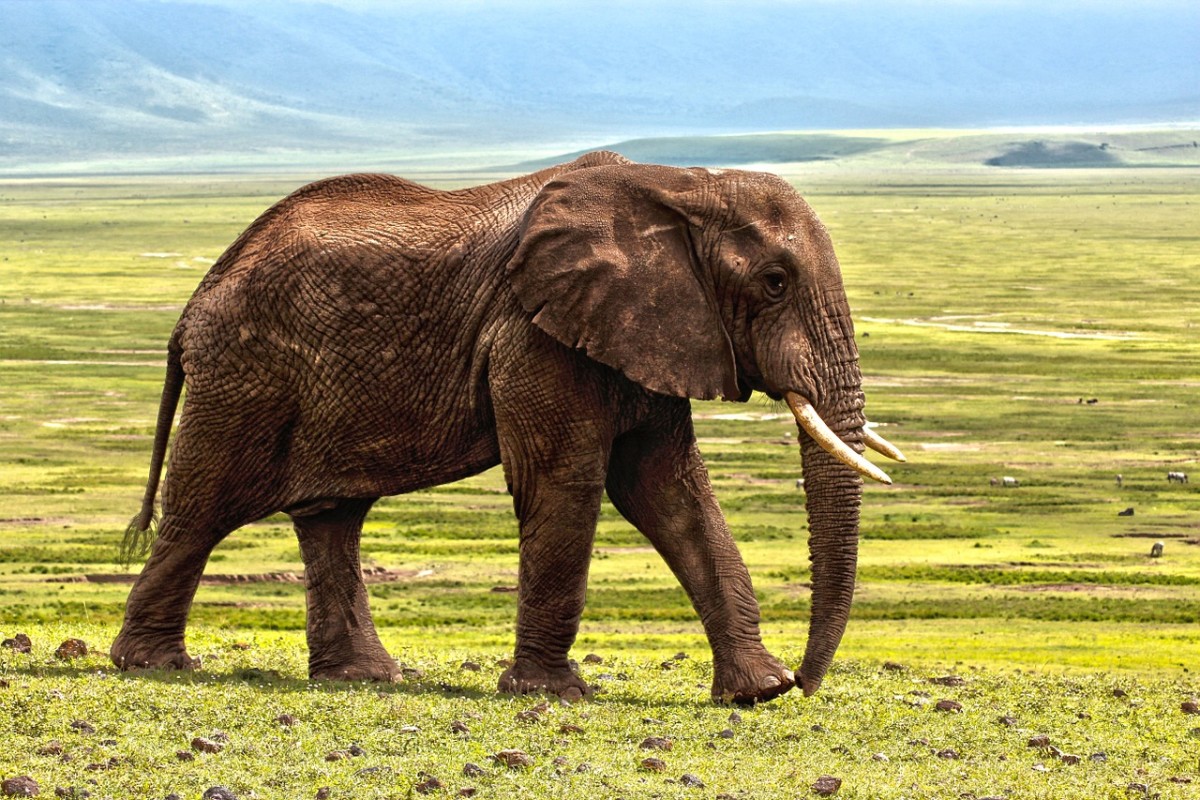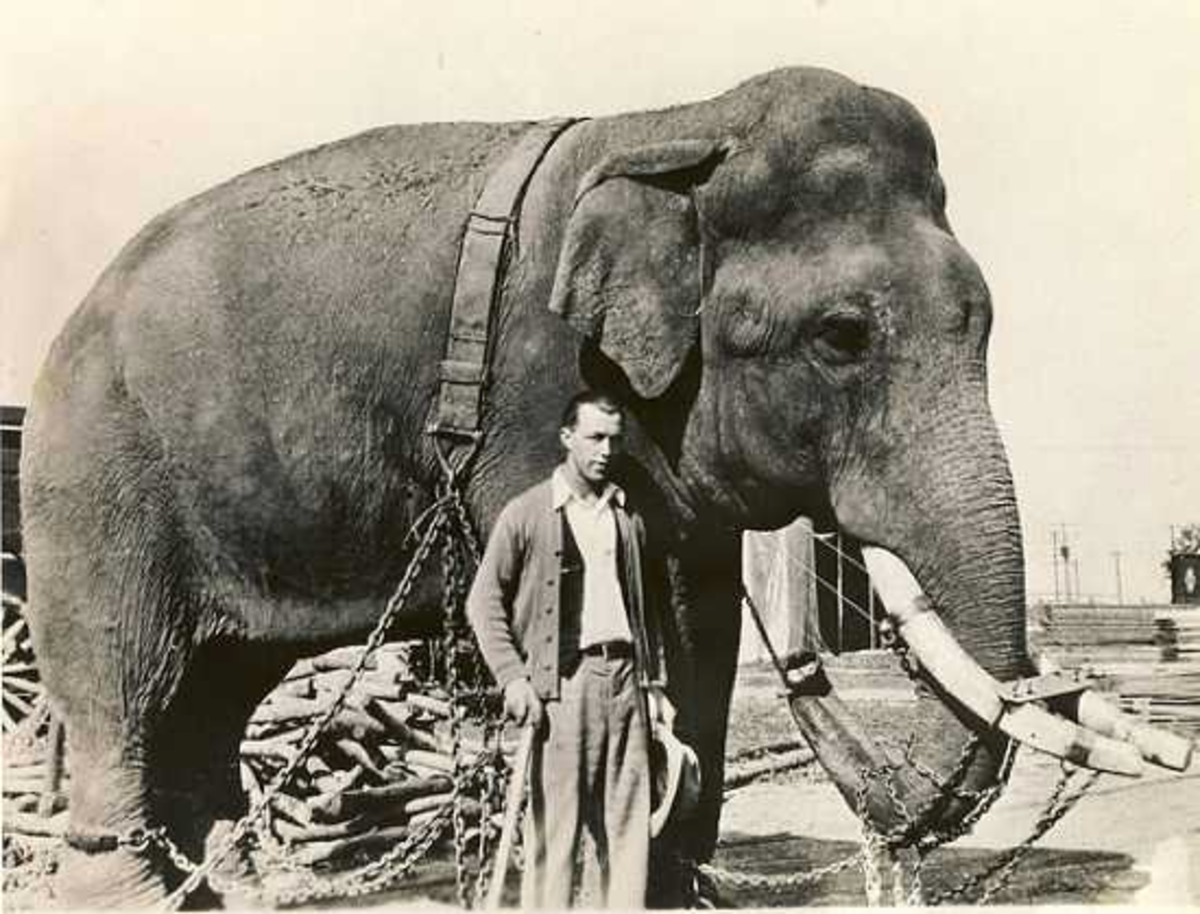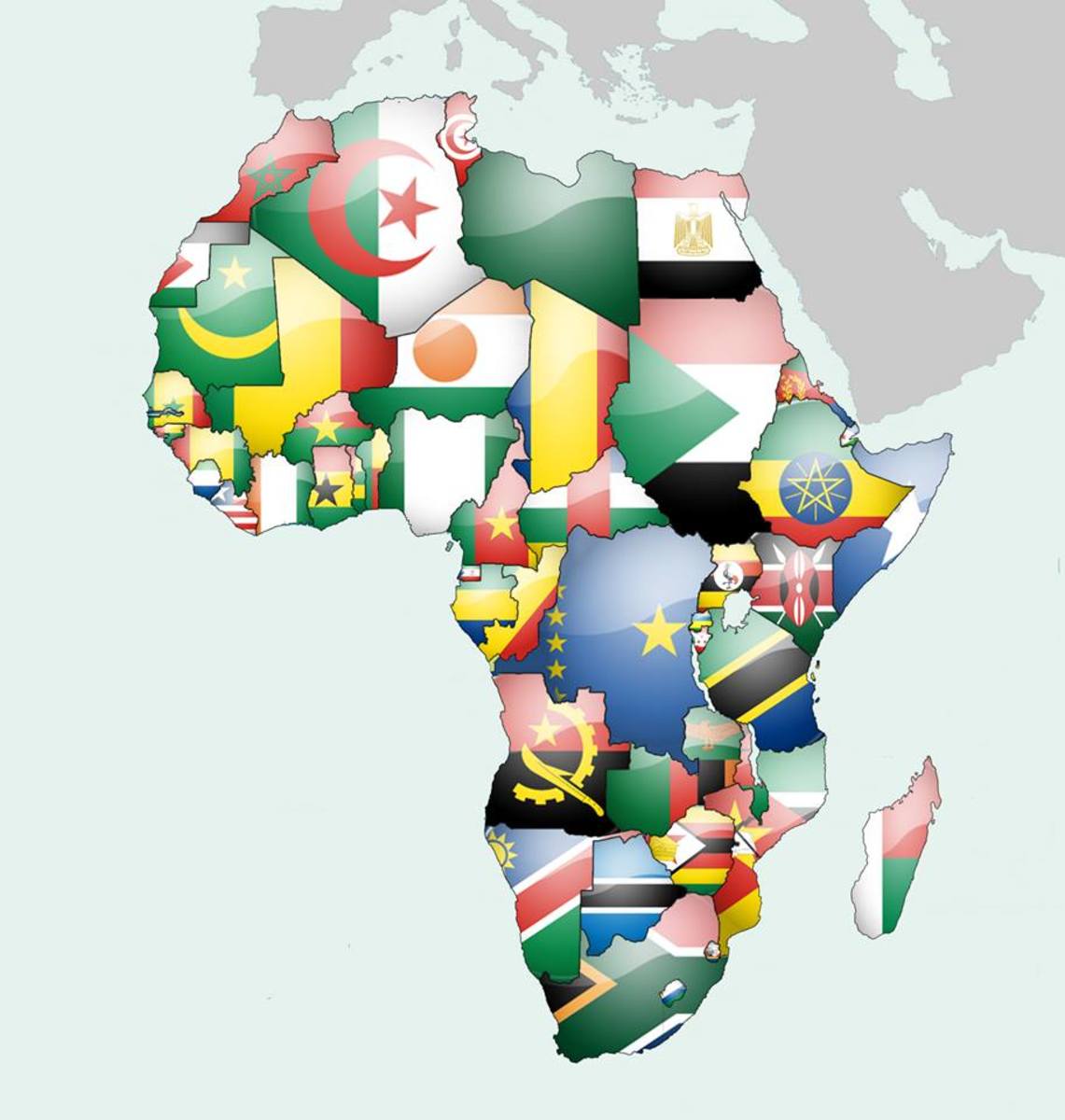Elephants Killed for Their Ivory
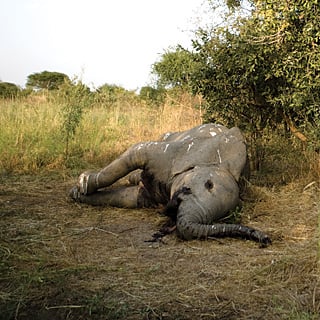
It’s all about supply and demand. The latest excuse for slaughtering elephants is that the Chinese have demanded ivory, from their tusks.
Ah, where would a mercenary be without a paymaster. How low will humans stoop for a few nickels.
Or, in the case of elephants, we may not be talking nickels, we may be talking of fortunes, but killing elephants could be equated with murdering humans, except for the fact that most elephants are more intelligent than most of us.
How hard can it be to NOT kill elephants?
Well, let’s see.
Elephants are huge creatures weighing 7,000 lbs or more, so on a one to one fighting basis, they will win, just by standing on you.
So, in order to kill elephants, you have to carry a weapon of some sorts.
If you were the boss of a country where elephants lived, the first thing you need to think about is tightening up the sale of arms.
If you are serious about learning how NOT to kill elephants, then you can start by banning the availability of arms, and the availability of powerful arms.
If a gun is strong enough to kill an elephant, ban it.
If you are having to deal with civil war factions, at least make sure their arms are only strong enough to kill people, and not elephants.
If guns and weaponry are being illegally smuggled in, tighten up border control.
If these weapons are arriving legally, perhaps through some company who pays half your wages, try thinking about other people instead of just yourself, for once.
Be strong. You KNOW you can do it.
Say goodbye to corruption, hello elephant.
Elephants are killed for their tusks. Their tusks are made of ivory which is highly prized by some people and businesses for making useless ornaments.
An elephant can survive in captivity with its tusks, but in the wild it would soon lose its life, as although though do not need their tusks to live, they need them to survive.
So when trying NOT to kill elephants, we do not remove their tusks.
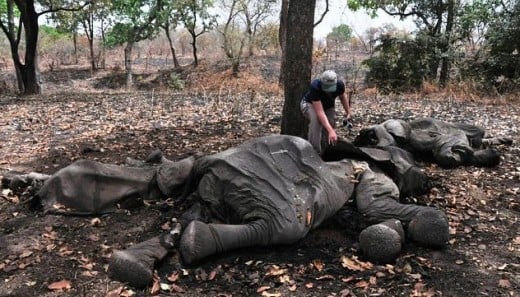
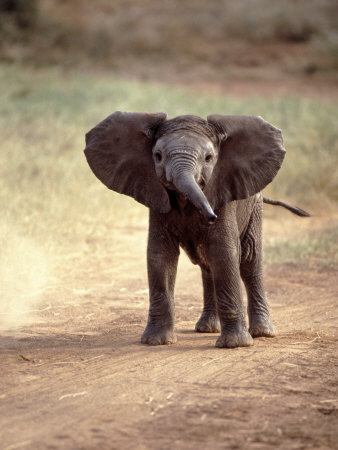
Baby Elephant in Mourning Video
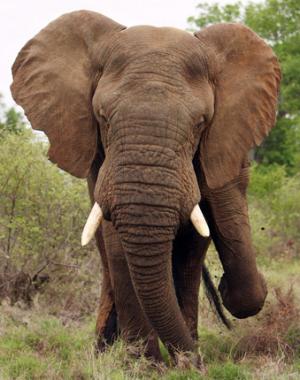
How NOT to kill baby elephants
Baby elephants don’t have tusks and so are of no interest to hunters.
However, their mothers, fathers, aunts, uncles and everyone else in their herd may very well have tusks.
Unfortunately by wiping out the baby elephant’s carers, you have also signed its death warrant.
While being big creatures, even in infancy, they haven’t much more intelligence or ability to survive on their own that the average 2 year old child.
Here are some facts and figures about elephants for you to ponder.
- Elephants commonly live until they are 50 - 70 years old.
- While male elephants are mainly solitary creatures, female elephants stick together in large family groups.
- Baby elephants have "allomothers". These are like stand-in mothers who look after the calves, allowing the mother time to feed well, so that she may pass on rich milk to her offspring.
- Baby elephants frequently weigh 250lbs at birth.
- Adult elephants weight between 8,000 - 25,000 lbs.
- Female elephants have a 22 month pregnancy.
- Baby elephants are born with about the same ability to survive alone in the wild as a human baby.
- Both male and female African elephants have tusks.
- Only male Asian elephants have tusks.
- Herds of female elephants will often hide a male elephant in their midst in the presence of humans. This is learned behaviour to protect them from hunters.
- Traditionally, the female elephants only want to mate with the strongest and healthiest of the males.
- She often chooses the oldest male as well.
- It is estimated that some 30% of African elephants are now tuskless. A defective gene is thought to be responsible. With the older healthy males being wiped out, tuskless males are now finding partners, thus spreading the defect.
- Elephants need their tusks to dig in the ground for roots, or for opening up dry river beds to find water.
- Tusks are teeth. They are officially described as their second upper incisors.
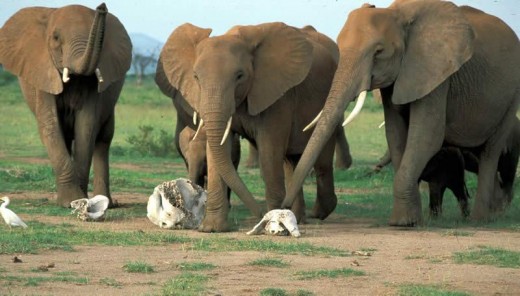
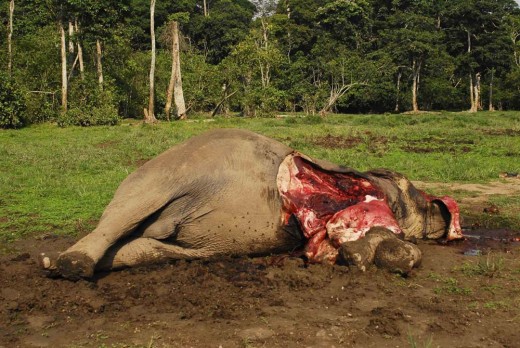
The Decimation of African Elephants
Cameroon:
In 2007, official estimates for the numbers of elephants in Cameroon were put at between 1,000 and 5,000.
In the year 2011/12, at least 400 of them were slaughtered for their tusks.
Chad:
It is estimated that Chad's elephant population has dropped from several thousand to just a few hundred.
The poachers carrying out this gruesome crime are well-organized and well-armed with military weapons.
The Civil wars being carried out in both those countries and the Central African Republic are being funded with money from the ivory trade.
In 2008, China and Japan bought 108 tonnes of ivory from Botswana, South Africa, Namibia and Zimbabwe. This one-off 'legal sale' has boosted the demand for ivory and pushed the price even higher.
What is Ivory Used for?
Ivory has been used since ancient times because it is hard-wearing, everlasting and can be carved.
It has invariably been used for making:
- billiard balls
- piano keys
- false teeth
- dominoes
- Scottish bagpipes
- musical horns
- buttons
- ornaments, including ivory carvings
- cutlery handles
This was before the invention of plastic.
Nowadays, ivory is used for:
- ornaments
- carvings
- piano keys (for the purists who think plastic is inferior)
- decorative accents
- handles
- statues
In 2008, eBay banned ALL IVORY SALES and everything made from ivory, because of the increase in deaths of African elephants from ivory hunters, keen to meet demand at inflated prices.
Quote directly from wikipedia:
"At the turn of the 20th century, it is estimated that elephants numbered between 5 and 10 million, but hunting and habitat destruction had reduced their numbers to 400,000 to 500,000 by the end of the century."
Say NO to Ivory
The only way to save the African (and indeed Asian) elephants is to reduce or eliminate the demand for ivory.
Help the International Fund for Animal Welfare by adding YOUR voice to their online petition against ivory.
Never buy anything made from ivory.
If you are a shop keeper, do not stock anything made from ivory.
Let's work together and save those beautiful creatures from the most horrible annihilation.
Let's learn how NOT to kill elephants.

